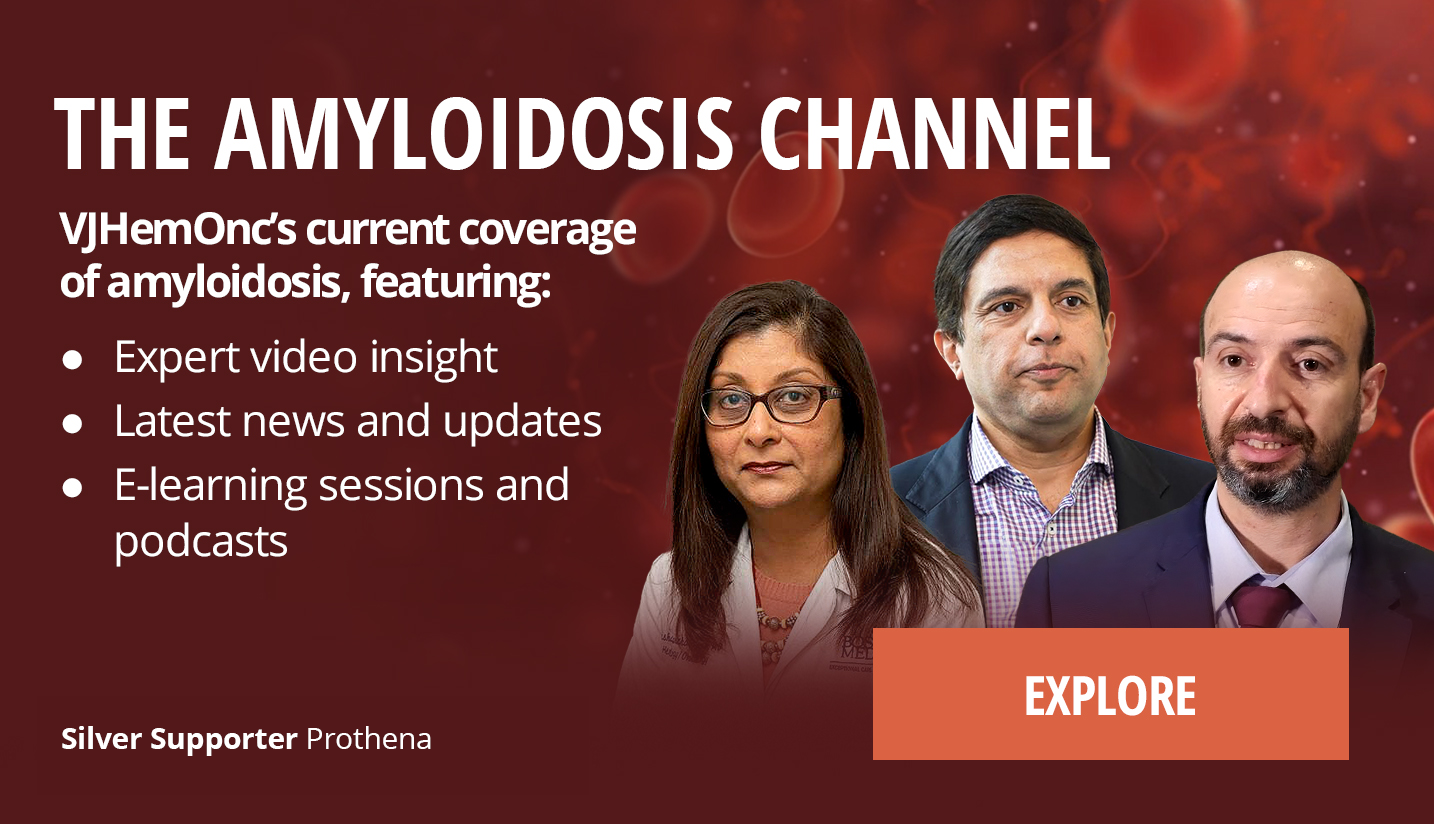So in patients with amyloidosis we do see two separate things. One is we are going to see the more effective anti-plasma cell therapies used earlier and I’m very hopeful that the BCMA targeted bispecifics or even BCMA targeted CAR T-cells which are being studied will come into early treatment even into frontline treatment for amyloidosis which may be transformative for these diseases and we may even start thinking in terms of curing the underlying plasma cell dyscrasia which has never happened before...
So in patients with amyloidosis we do see two separate things. One is we are going to see the more effective anti-plasma cell therapies used earlier and I’m very hopeful that the BCMA targeted bispecifics or even BCMA targeted CAR T-cells which are being studied will come into early treatment even into frontline treatment for amyloidosis which may be transformative for these diseases and we may even start thinking in terms of curing the underlying plasma cell dyscrasia which has never happened before. The anti-fibril antibodies remain critically important to improve their end-organ dysfunction and we await the results of the CAEL studies but there are other trials including from Atralis and there are agents which can stabilize the light chains from a company called Protego all of which are very exciting agents that we look forward to in amyloidosis. So I think in the future we’ll have highly effective anti-plasma cell treatments plus therapies which might either stabilize the light chains or therapies which might help us to clear the light chain deposits faster which is how we will treat these patients. So I think the only other major developments coming up in the space are imaging and diagnosing amyloid. We have an assay which can detect the unstable light chains for amyloid that may be important in detecting MGUS and myeloma patients at risk of getting amyloid and there is a there are two phase three clinical trials at PET scanning agents which can help us to diagnose amyloid by imaging and that may make the diagnosis of amyloidosis much easier and much faster. And again we’re looking forward to using those in our diagnostic algorithm but also for triaging and managing patients.
This transcript is AI-generated. While we strive for accuracy, please verify this copy with the video.















